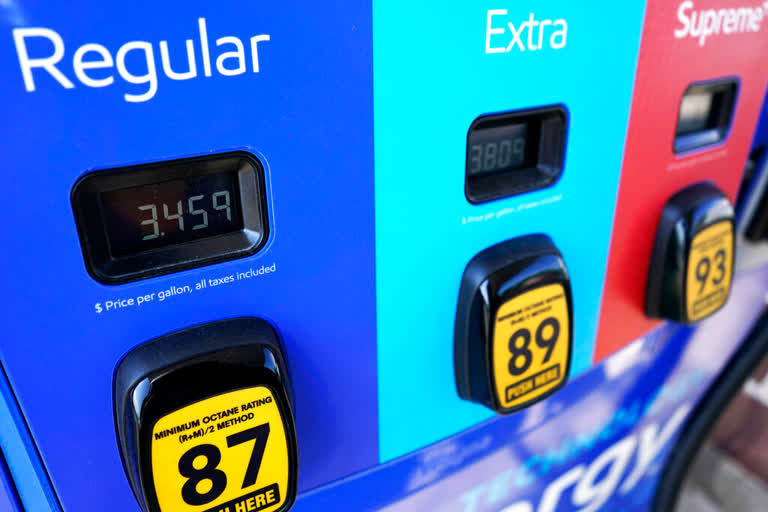Washington:Inflation soared over the past year at its highest rate in four decades, hammering America's consumers, wiping out pay raises and reinforcing the Federal Reserve's decision to begin raising borrowing rates across the economy.
The Labor Department said Thursday that consumer prices jumped 7.5% last month compared with 12 months earlier, the steepest year-over-year increase since February 1982. The acceleration of prices ranged across the economy, from food and energy to apartment rents and electricity. When measured from December to January, inflation was 0.6%, the same as the previous month and more than economists had expected. Prices had risen 0.7% from October to November and 0.9% from September to October.
Shortages of supplies and workers, heavy doses of federal aid, ultra-low interest rates and robust consumer spending combined to send inflation leaping in the past year. And there are few signs that it will slow significantly anytime soon. Wages are rising at the fastest pace in at least 20 years. Ports and warehouses are overwhelmed, with hundreds of workers at the ports of Los Angeles and Long Beach, the nation's busiest, out sick last month. Many products and parts remain in short supply as a result.
Even when measured month to month, prices for a broad range of goods and services accelerated from December to January — and not just for items directly affected by the pandemic. Apartment rental costs rose 0.5% in January, the fastest pace in 20 years. Electricity prices surged 4.2% in January alone, the sharpest rise in 15 years, and are up 10.7% from a year earlier. Last month, household furniture and supplies rose 1.6%, the largest one-month increase on records dating to 1967.
Food costs, driven by pricier eggs, cereal and dairy products, increased 0.9% in January. New car prices, which have jumped during the pandemic because of a shortage of computer chips, were unchanged last month but are up 12.2% from a year ago. The surge in new-car prices has, in turn, accelerated used-car prices; they rose 1.5% in January and are up a dizzying 41% from a year ago.
The steady rise in prices has left many Americans less able to afford food, gas, rent, child care and other necessities. More broadly, inflation has emerged as the biggest risk factor for the economy and as a serious threat to President Joe Biden and congressional Democrats as midterm elections loom later this year.
The Fed and its chair, Jerome Powell, have pivoted sharply away from the ultra-low-interest rate policies that the Fed pursued since the pandemic devastated the economy in March 2020. Powell signaled two weeks ago that the central bank would likely raise its benchmark short-term rate multiple times this year, with the first hike almost surely coming in March. Investors have priced in at least five rate increases for 2022.
Over time, those higher rates will raise the costs for a wide range of borrowing, from mortgages and credit cards to auto loans and corporate credit. For the Fed, the risk is that in steadily tightening credit for consumers and businesses, it could trigger another recession. Many large corporations, in conference calls with investors, have said they expect supply shortages to persist until at least the second half of this year. Companies from Chipotle to Levi's have also warned that they will likely raise prices again this year, after having already done so in 2021.
